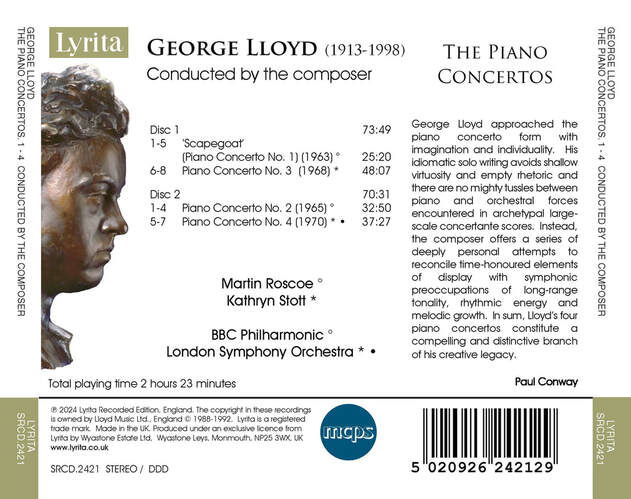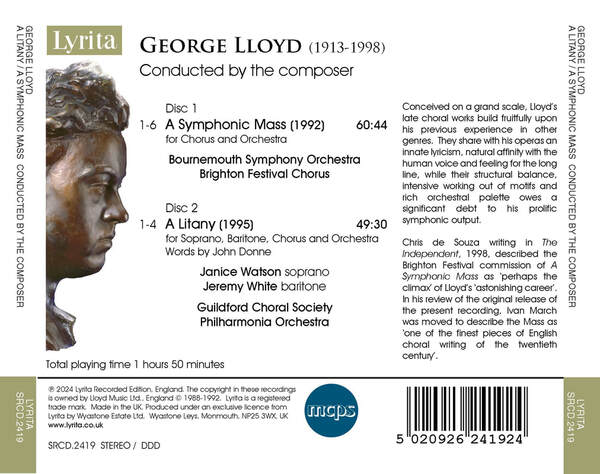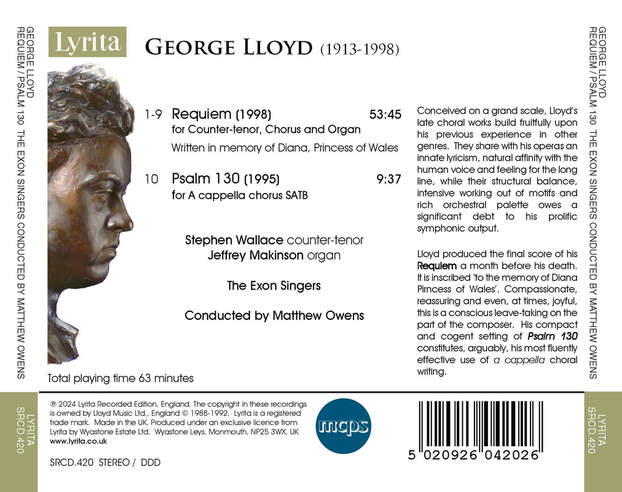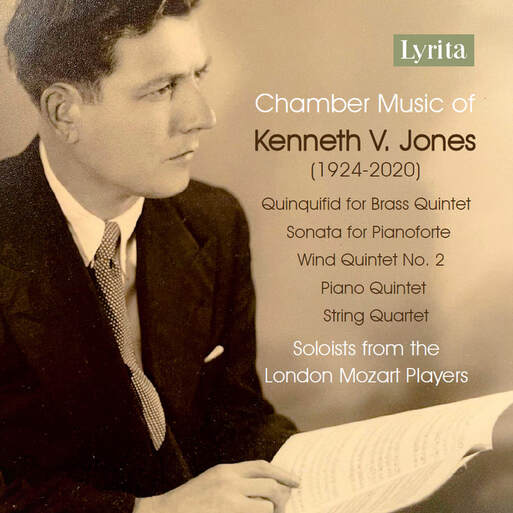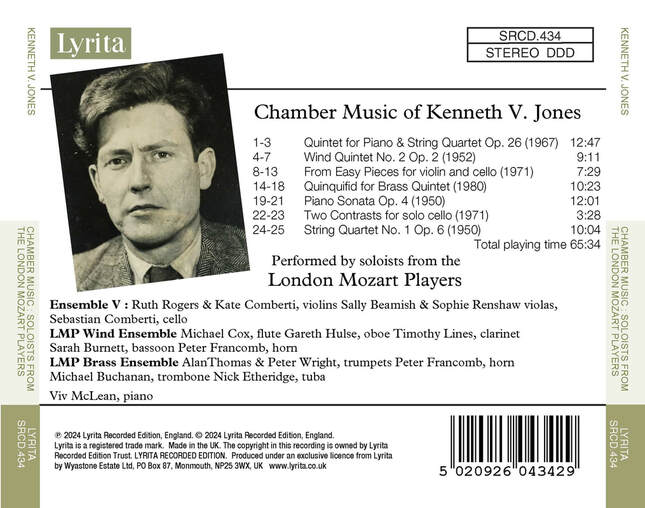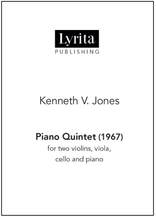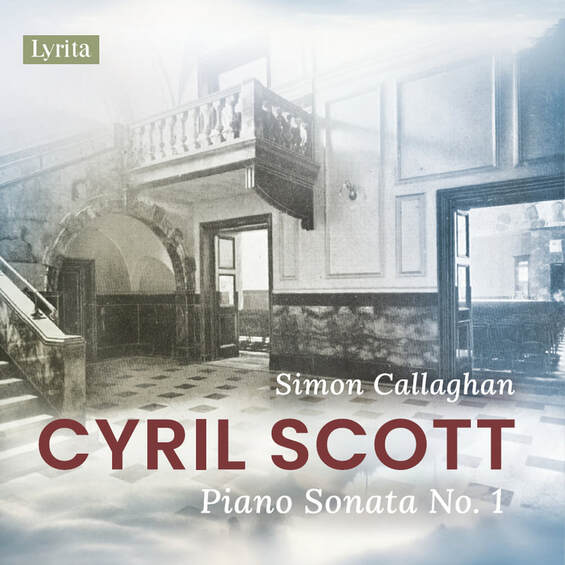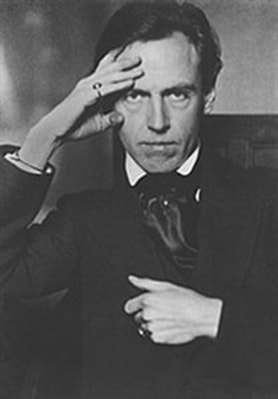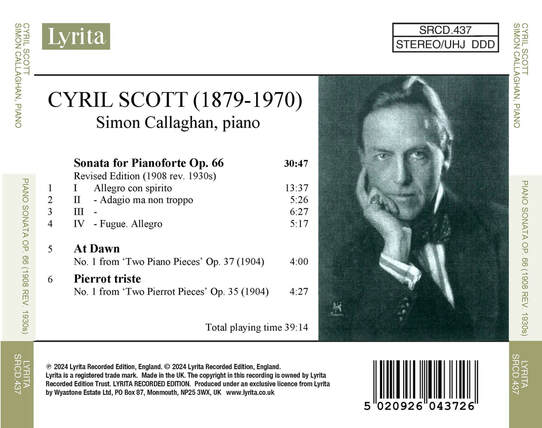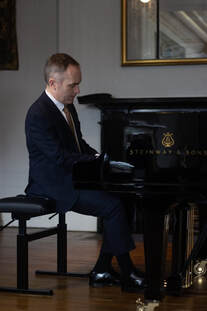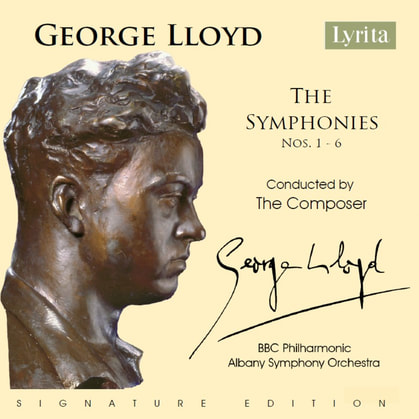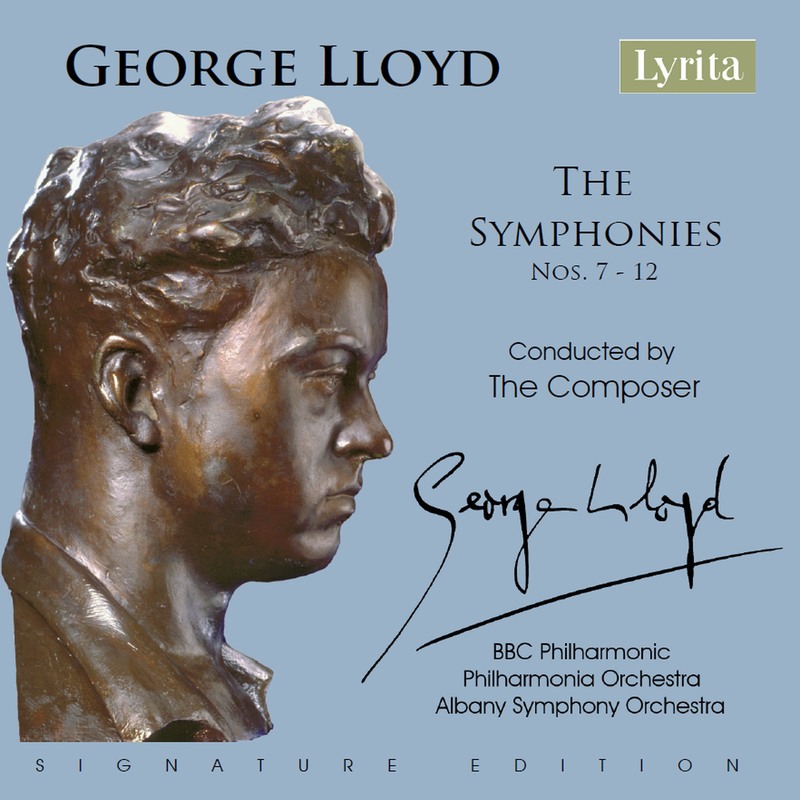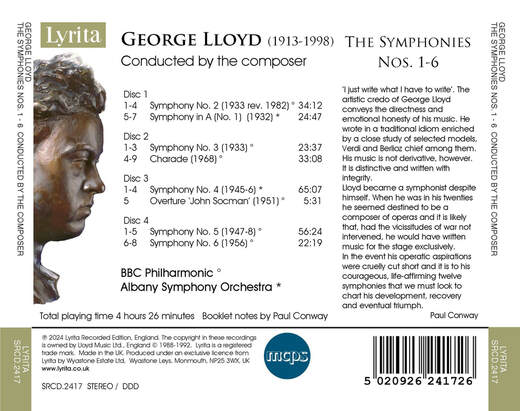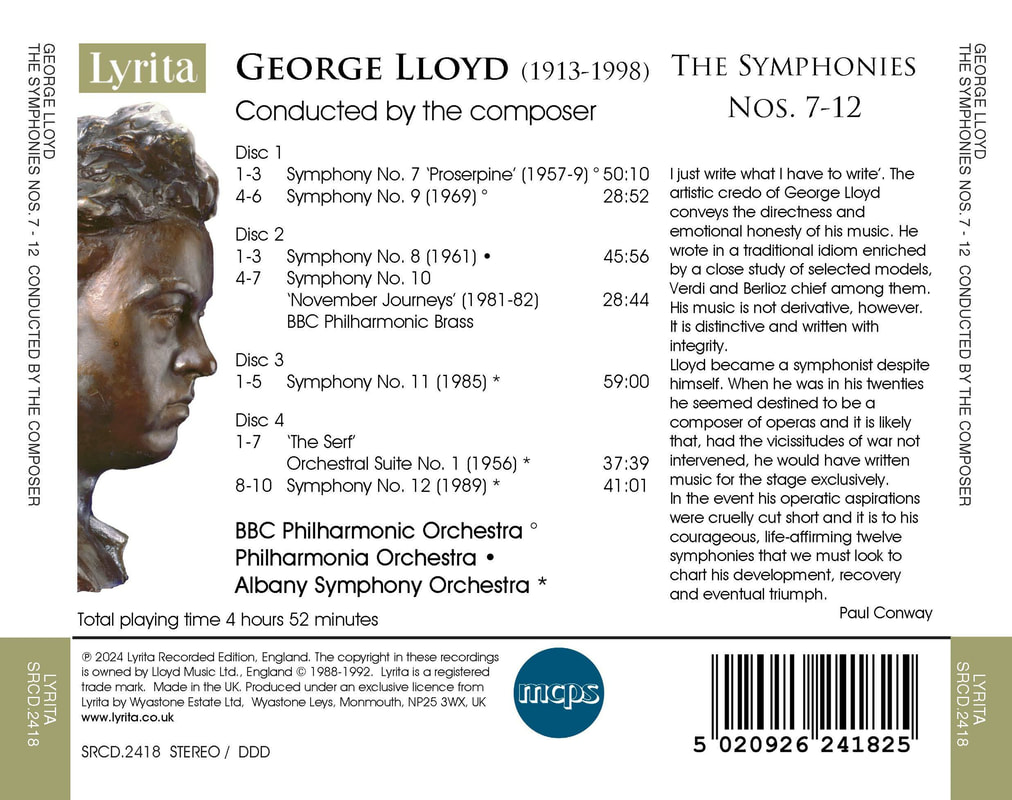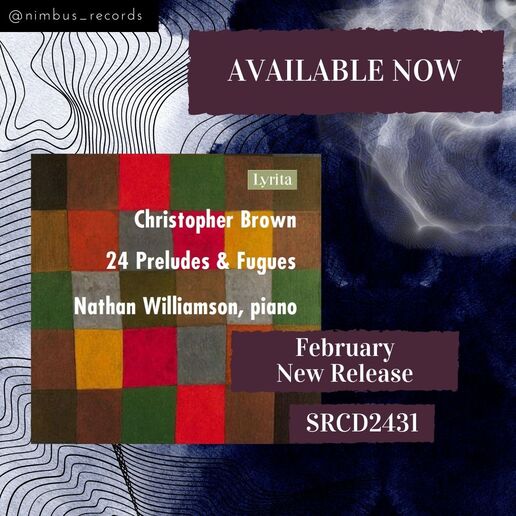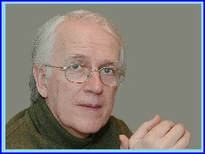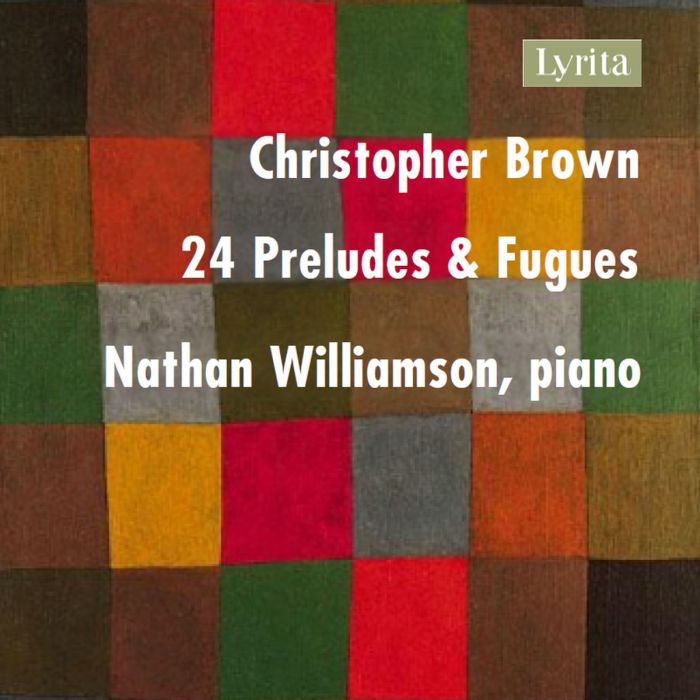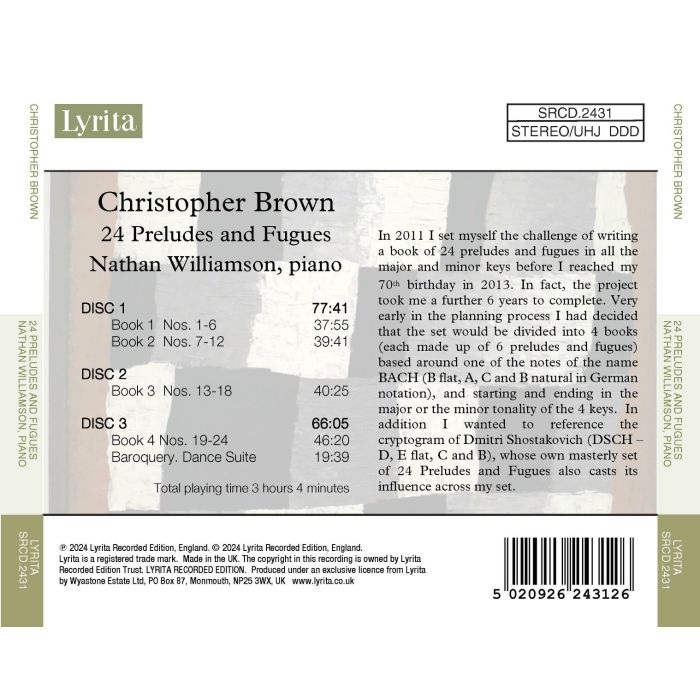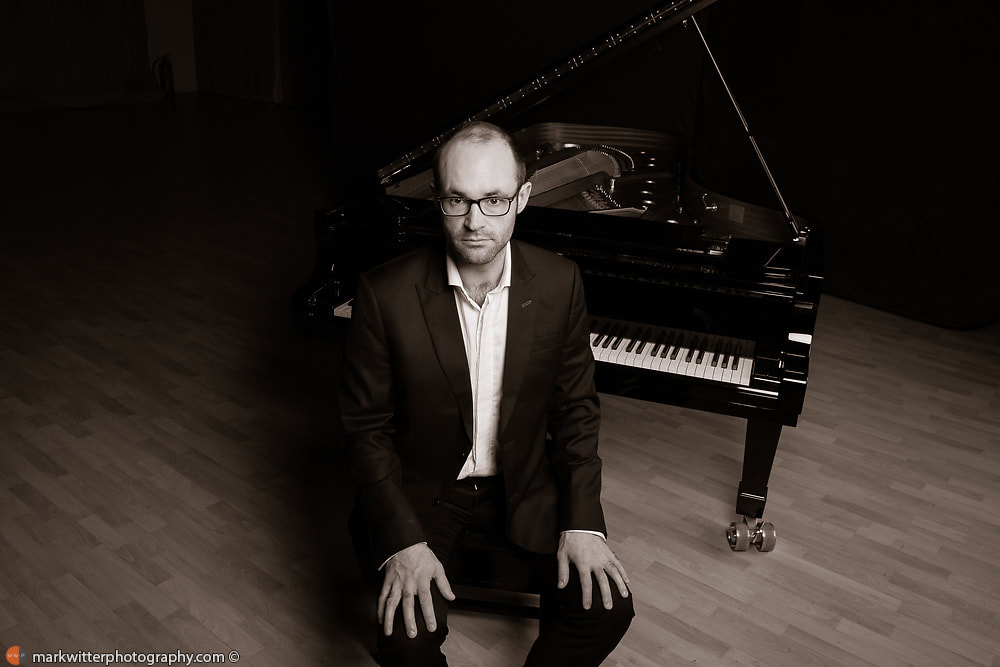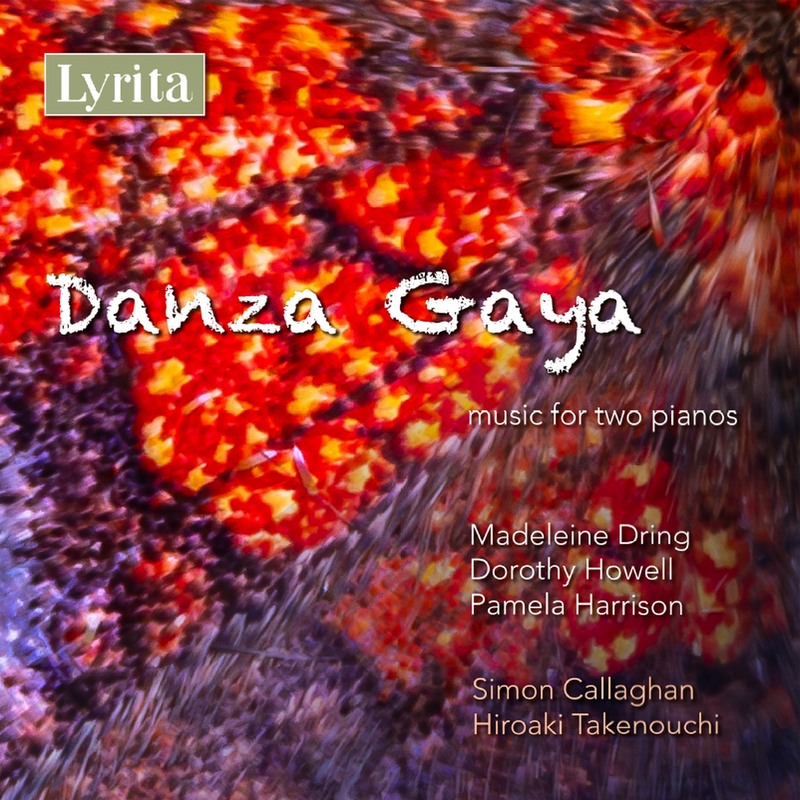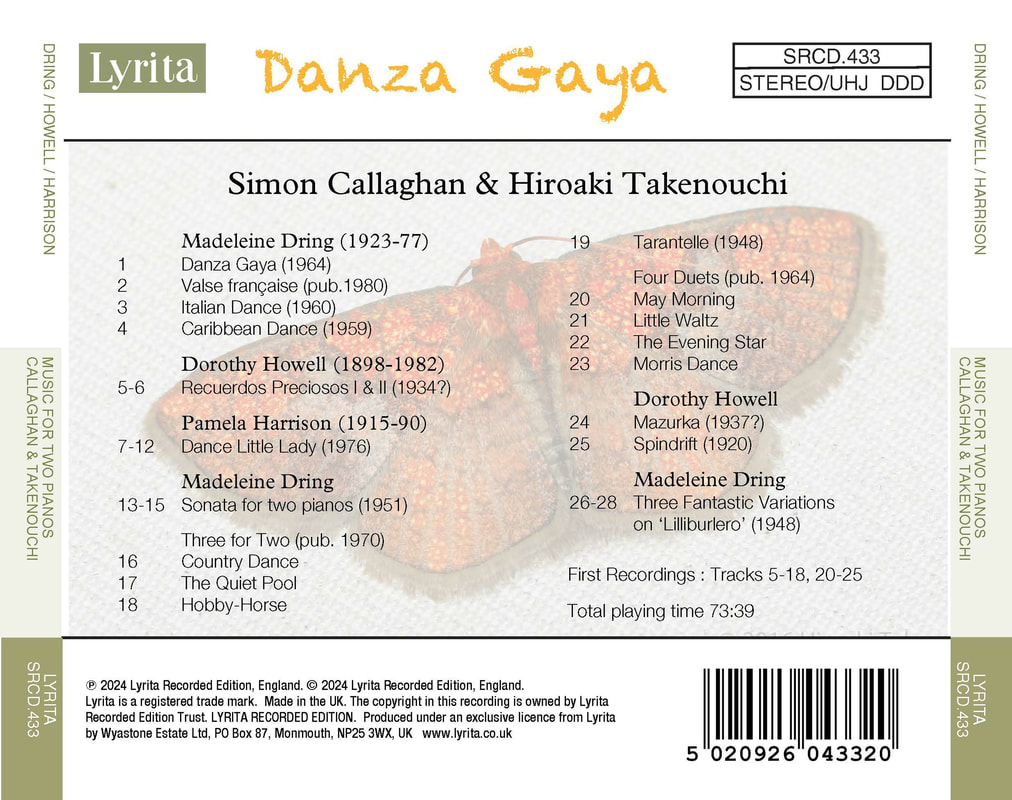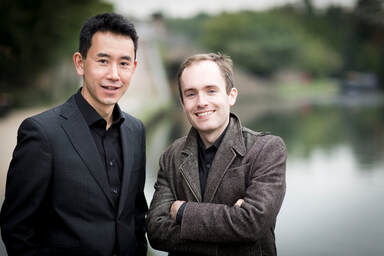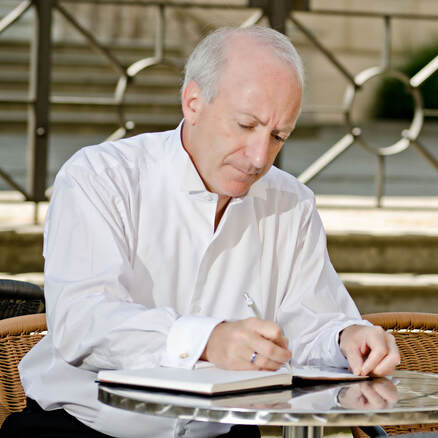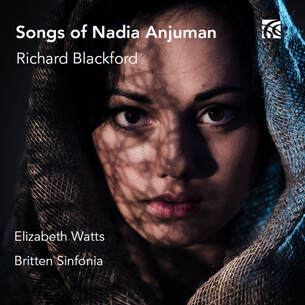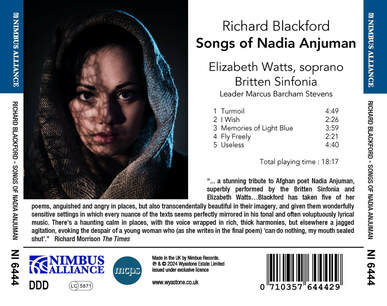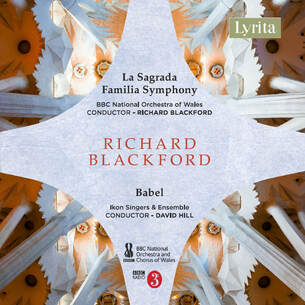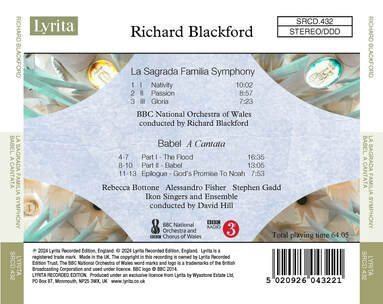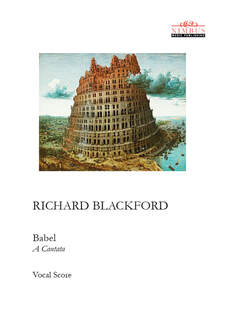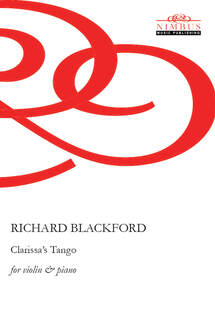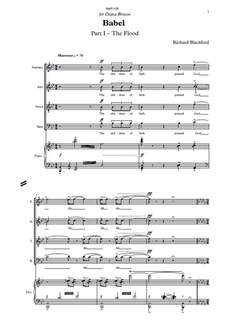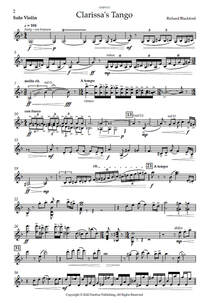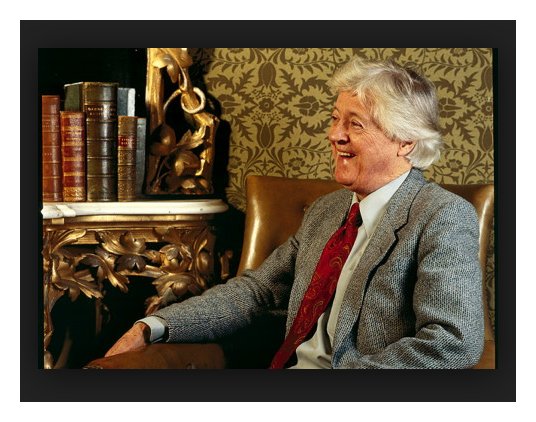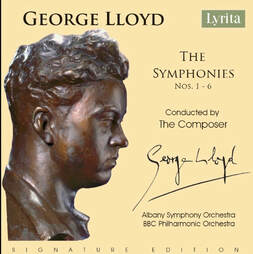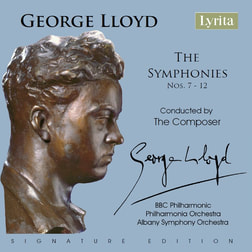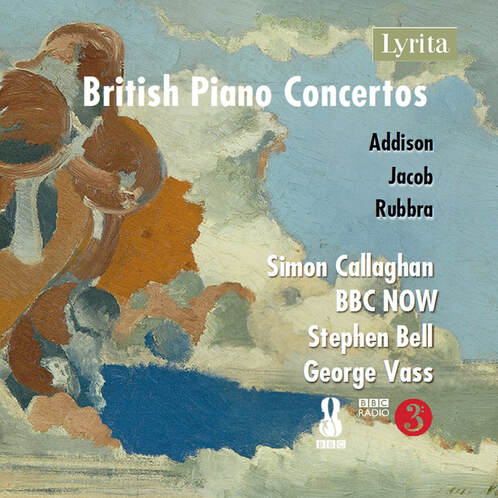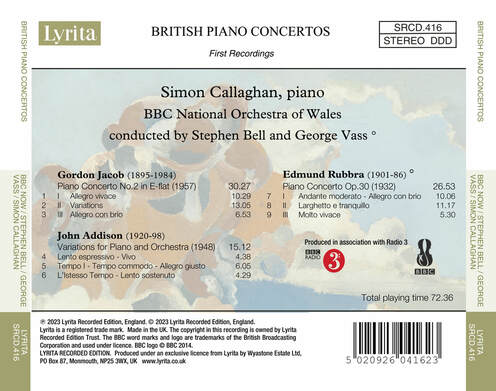 George Lloyd, far right, in Royal Marine Barracks with Bandies 1942 © The George Lloyd Society
George Lloyd, far right, in Royal Marine Barracks with Bandies 1942 © The George Lloyd Society Lloyd played the cornet when serving as a Bandsman in the Royal Marines, giving him invaluable practical experience as an executant within a group of players. His scoring for the brass section in his large-scale works is invariably idiomatic, impressively wrought and indicates a keen understanding of all the instruments’ range, character and versatility. Yet, despite all these indications that he was a natural composer of brass band music, he turned to writing music for brass instruments only in the last two decades of his creative life.
Though music for brass band was the last major genre Lloyd added to his catalogue of works, his enthusiasm for the medium, once he had embraced it, was unstinting. The wide popularity of his music within the brass band movement was an enduring source of considerable pride and satisfaction for George Lloyd, as he once confessed: ‘To realise that the people who are actually doing it, the players themselves ... seem to like it, that is what pleases me the most’.
© Paul Conway
St Ives Salvation Army Band, he took up the violin, going on to study with the great violinist Albert Sammons…. In 1939, when Lloyd joined The Royal Marines Music Service he became a Cornet player in the Band aboard HMS Trinidad. Asked by the Director of Music to compose a ship’s march he quickly obliged, only to find that the Captain had asked his friend Vaughan Williams to do the same. In the end both marches were played before a panel of the ship’s Officers for them to choose their favourite and George Lloyd’s won.” Phillip Hunt, Cornish National Music Archive
“George was delighted to be commissioned by Boosey & Hawkes to provide ‘Royal Parks’ for the 1985 European Brass Band Championships. It seemed to open up other exciting opportunities as he then went on to compose works such as Diversions on a Bass Theme, English Heritage and King’s Messenger amongst others.” Bill Lloyd, 4barsrest











